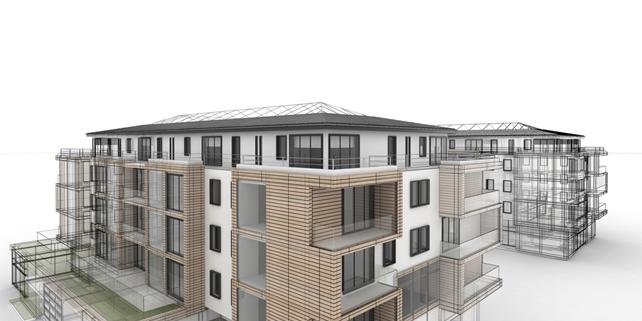Perspective Building Design

Outlining structures obliges modelers to place themselves in the viewpoint of a building's future clients and to anticipate the probable examples of utilization in this building. In the meantime, they must create shapes and structures comparing to the normal client needs. This procedure of outlining structures, whilst considering every one of these issues, is troublesome for a few reasons: To begin with, to our wide experience, no satisfactory model of human conduct is taught in design schools also, second no precise methodology is known on the best way to utilize this data to produce shape/structure. While various criteria are unequivocally tended to assess structures amid compositional training (e.g. basic, fire assurance, costs) useful criteria (e.g. client conduct) remain totally implicit. This is basic in light of the fact that without the learning of how a spatial design capacities, one can surely create structure, be that as it may, as Hillier (1996, 326) figured, simply trust that it works ("Planners outline shape however seek after capacity").
In this paper, we portray a multi-faceted methodology of presenting a client focused point of view into the outline studio, drawing from intellectual and natural brain science, computational approaches in compositional configuration and in addition space sentence structure. The one-semester plan studio, termed "Outline by Examination", occurred amid the winter-semester 2012/13 at the Bauhaus-College in Weimar and was proposed to inspect how far plans can be inferred from confirmation. It was joined with a hypothesis class, trips and workshops so as to acclimate engineering understudies with examination based outline and to a) superior comprehend the relationship between engineering (structure) and its utilization (capacity), and b) open up new conceivable outcomes for outline in light of examination results and generative standards.


